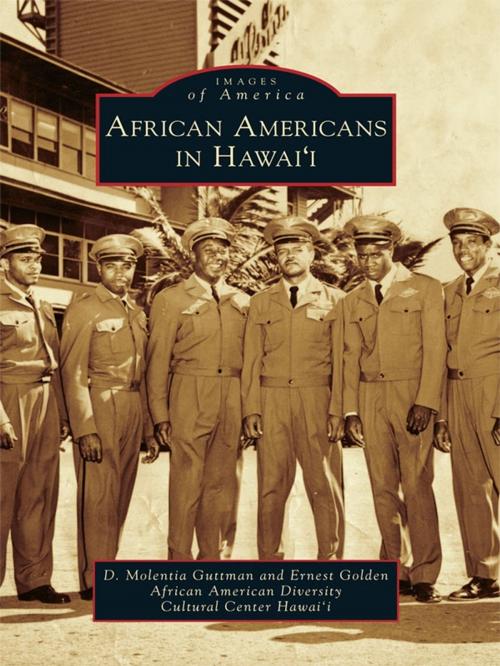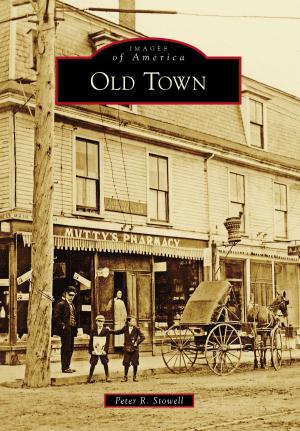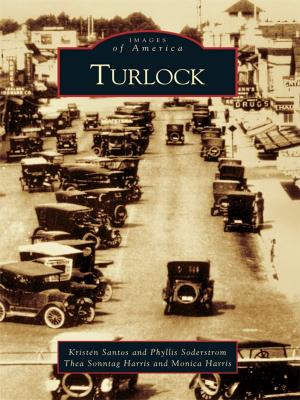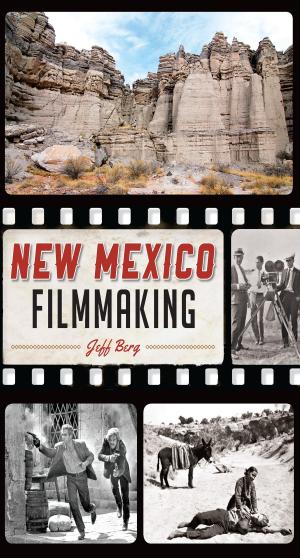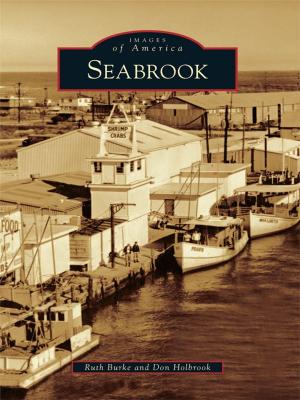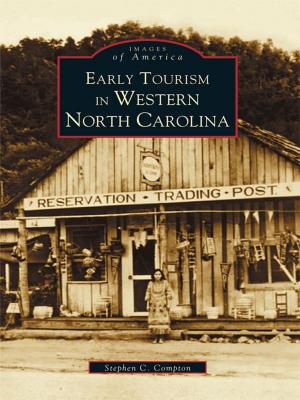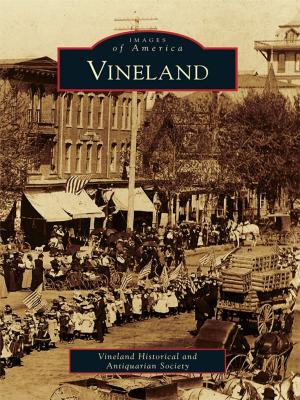African Americans in Hawai'i
Nonfiction, Art & Architecture, Photography, Pictorials, History, Social & Cultural Studies, Social Science, Cultural Studies, African-American Studies, Fiction & Literature, Literary Theory & Criticism| Author: | D. Molentia Guttman, Ernest Golden, African American Diversity Cultural Center Hawai'i | ISBN: | 9781439625217 |
| Publisher: | Arcadia Publishing Inc. | Publication: | February 7, 2011 |
| Imprint: | Arcadia Publishing | Language: | English |
| Author: | D. Molentia Guttman, Ernest Golden, African American Diversity Cultural Center Hawai'i |
| ISBN: | 9781439625217 |
| Publisher: | Arcadia Publishing Inc. |
| Publication: | February 7, 2011 |
| Imprint: | Arcadia Publishing |
| Language: | English |
During the early 1800s, about two dozen men of African descent lived in Hawai�i. The most noteworthy was Anthony D. Allen, a businessman who had traveled around the world before making Hawai�i his home and starting a family there in 1810. The 25th Black Infantry Regiment, also known as the Buffalo Soldiers, arrived in Honolulu at the Schofield Barracks in 1913. They built an 18-mile trail to the summit of Mauna Loa, the world�s largest shield volcano, and constructed a cabin there for research scientists. After World War II, the black population of Hawai�i increased dramatically as military families moved permanently to the island. Hawai�i has a diverse population, and today about 35,000 residents, approximately three percent, claim African ancestry.
During the early 1800s, about two dozen men of African descent lived in Hawai�i. The most noteworthy was Anthony D. Allen, a businessman who had traveled around the world before making Hawai�i his home and starting a family there in 1810. The 25th Black Infantry Regiment, also known as the Buffalo Soldiers, arrived in Honolulu at the Schofield Barracks in 1913. They built an 18-mile trail to the summit of Mauna Loa, the world�s largest shield volcano, and constructed a cabin there for research scientists. After World War II, the black population of Hawai�i increased dramatically as military families moved permanently to the island. Hawai�i has a diverse population, and today about 35,000 residents, approximately three percent, claim African ancestry.
